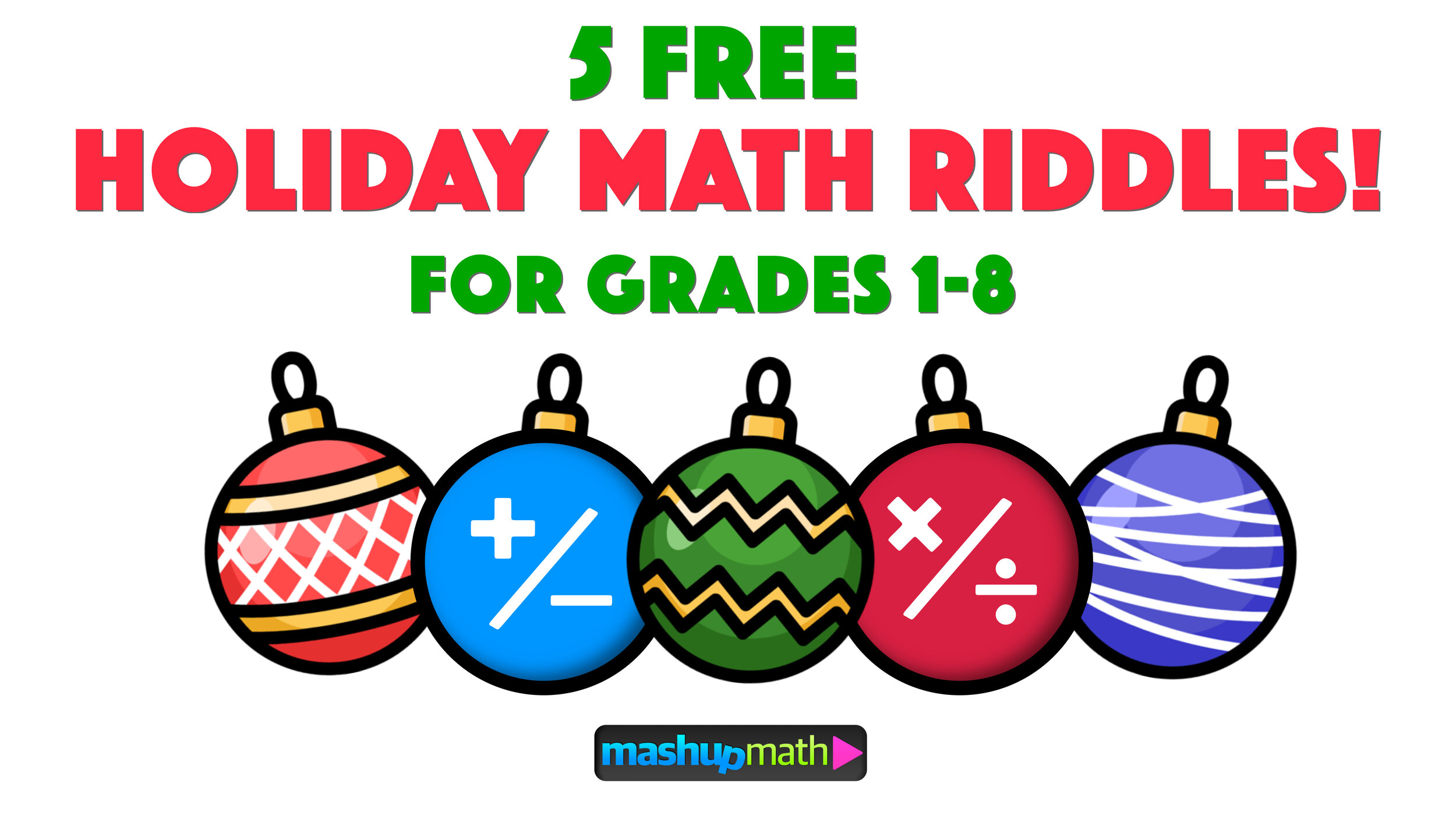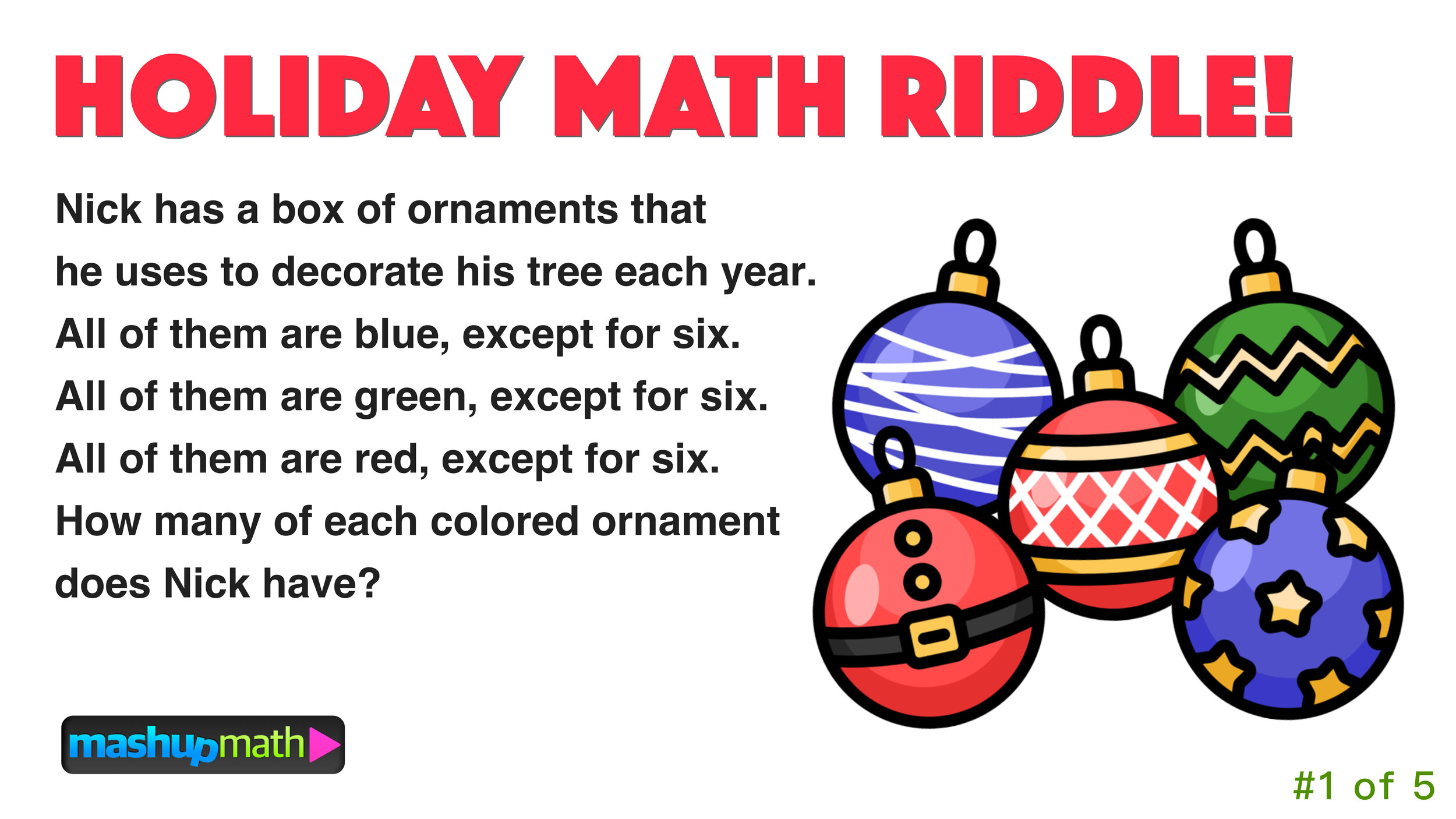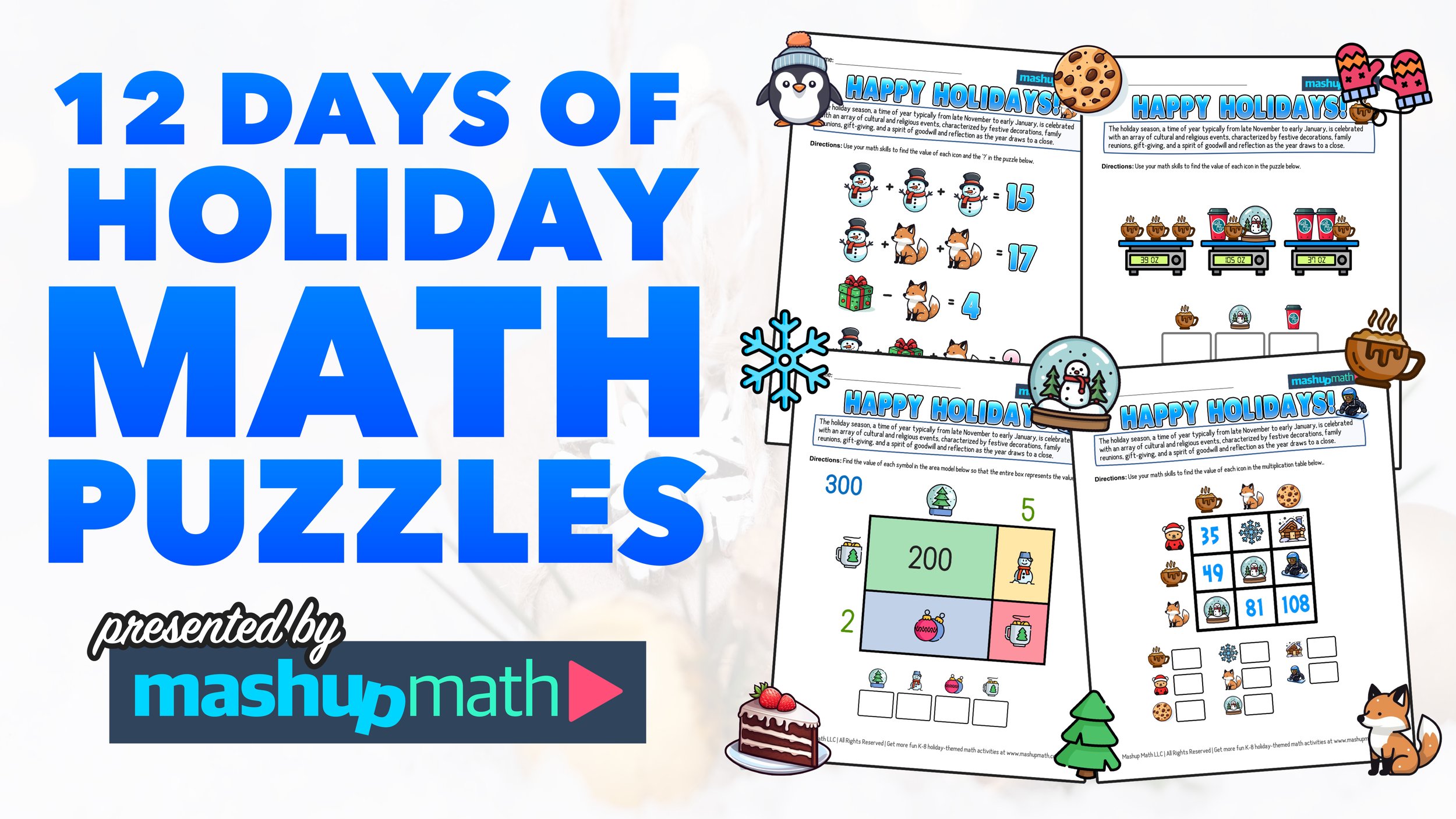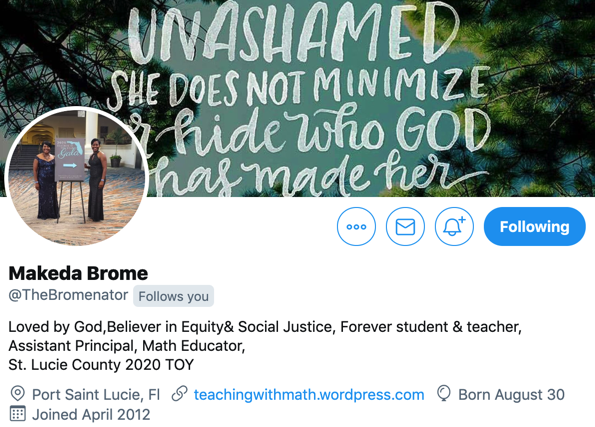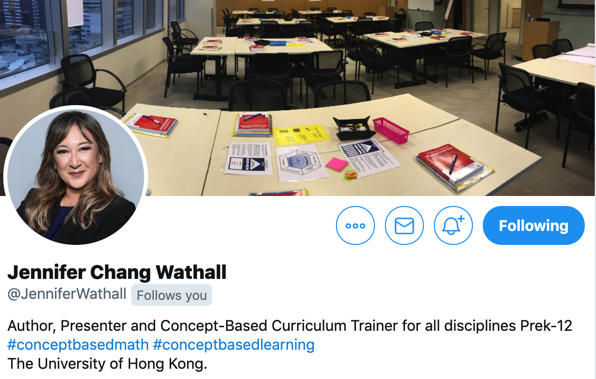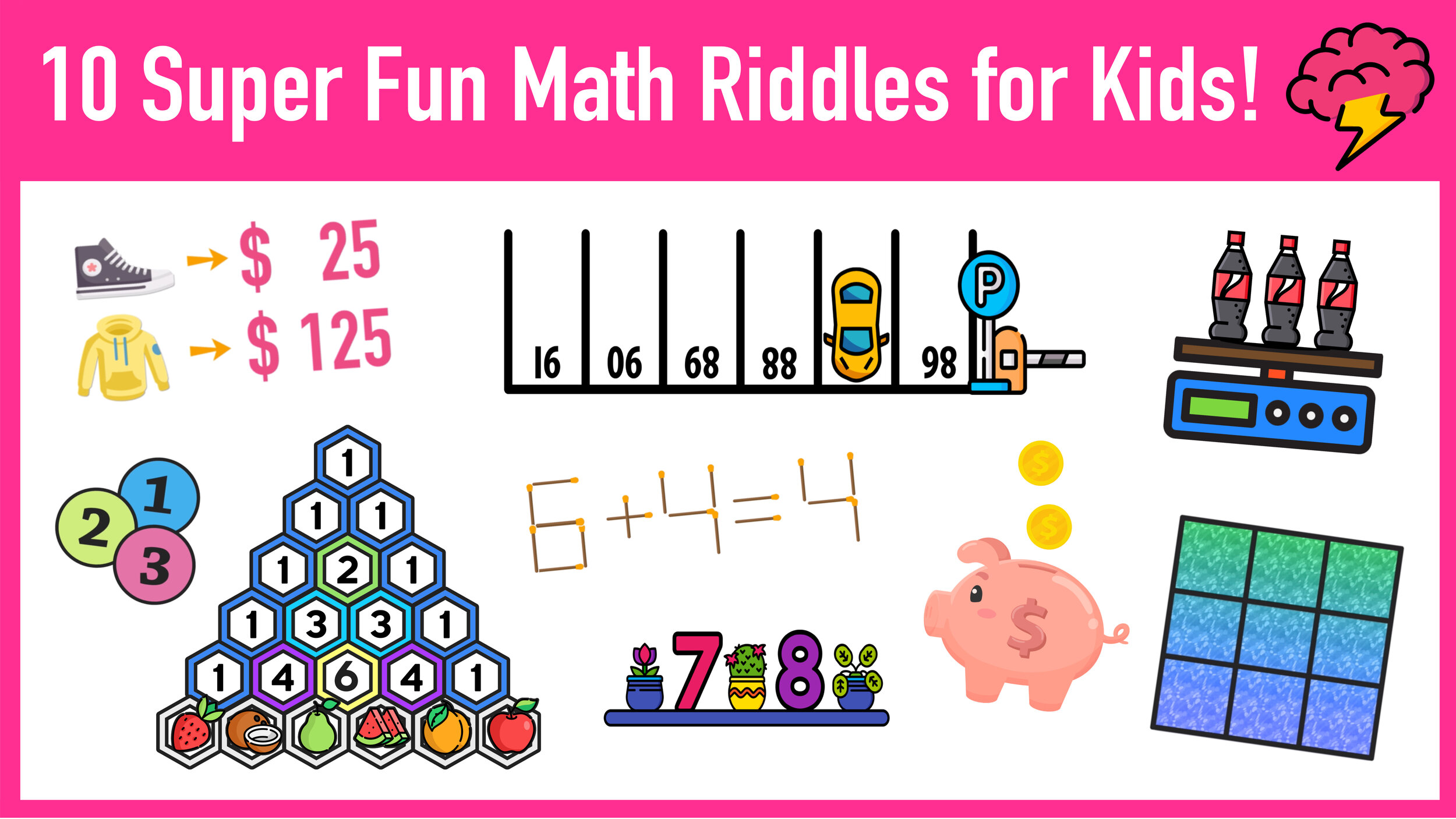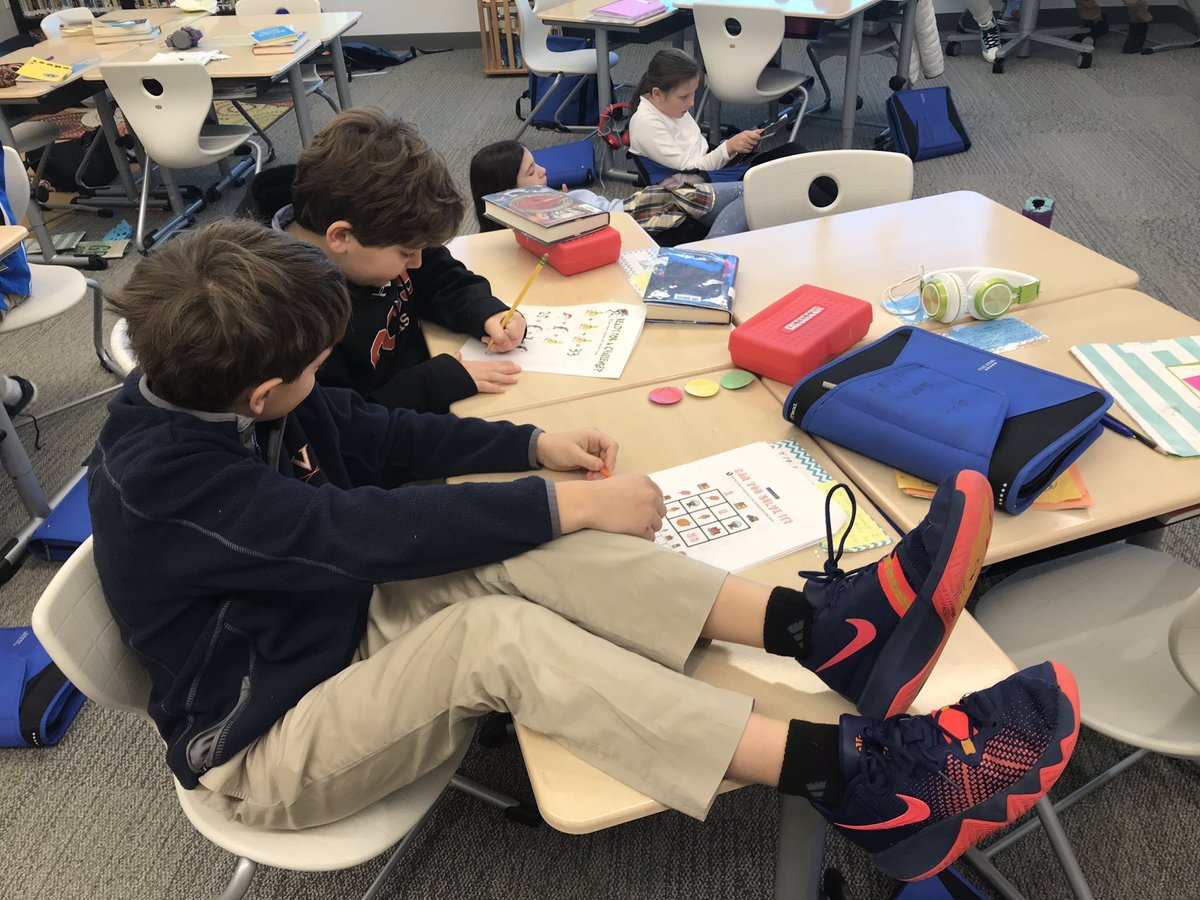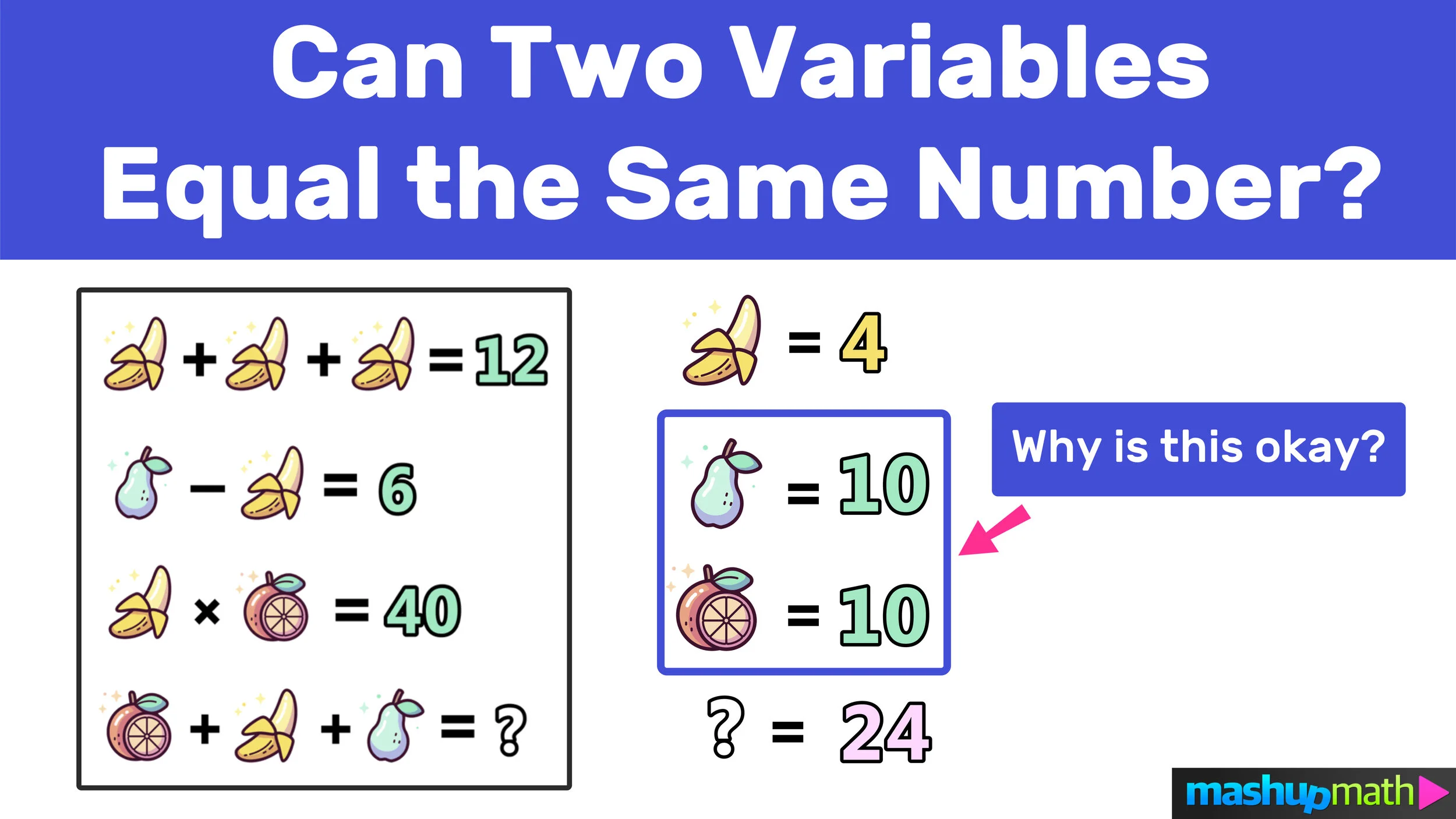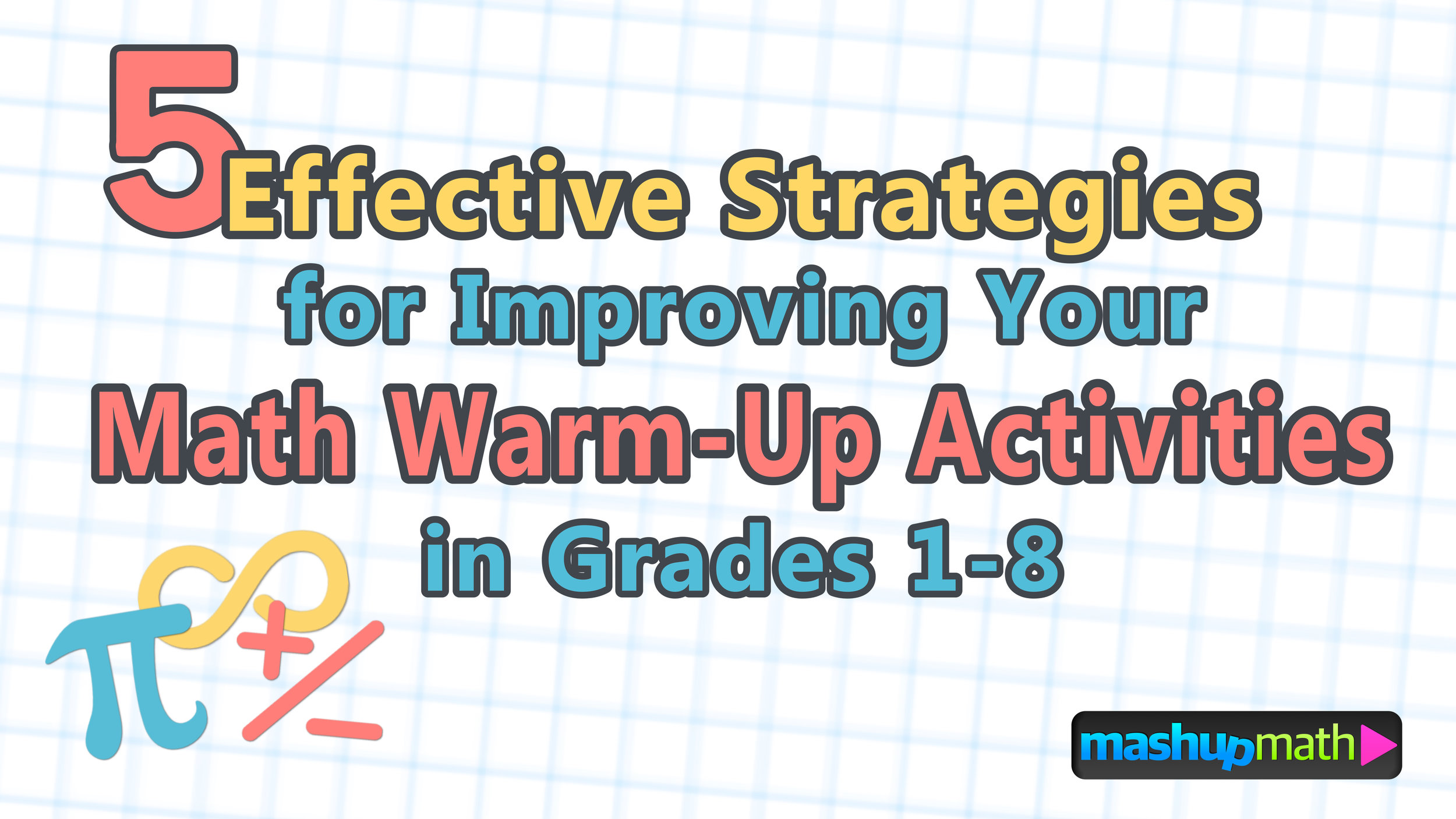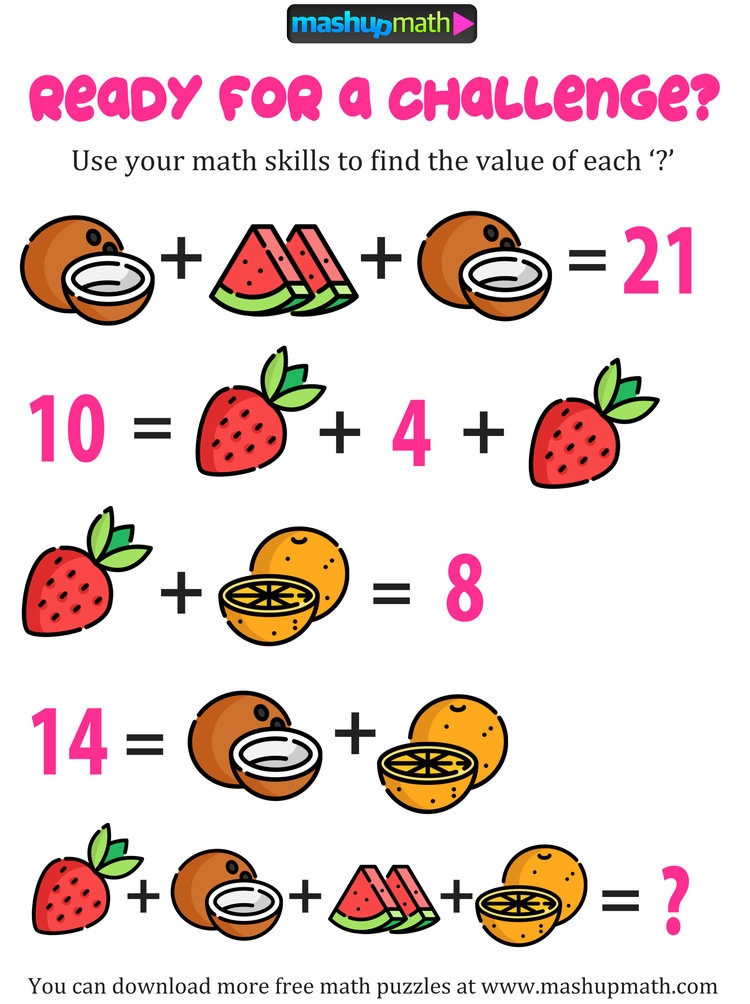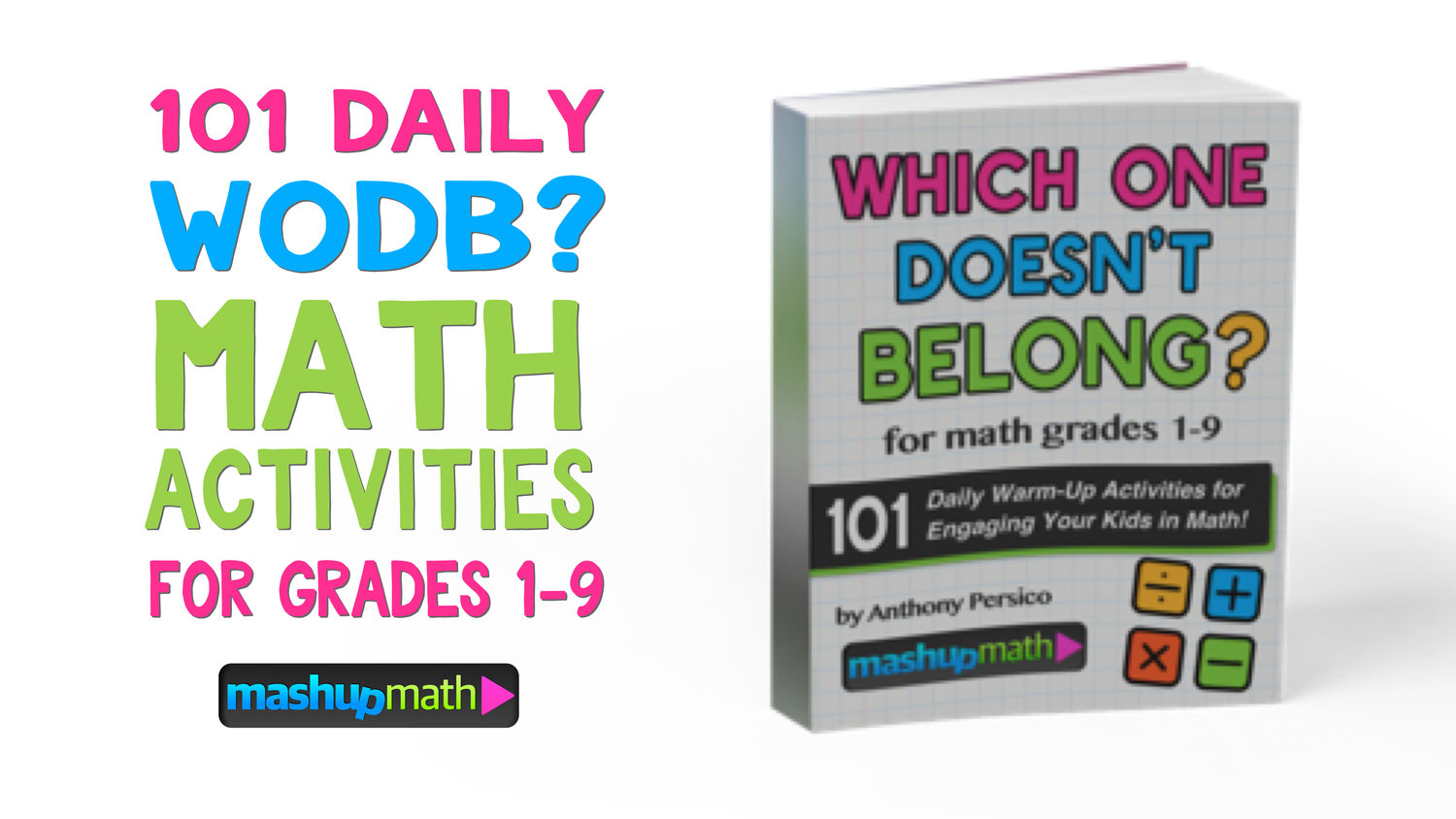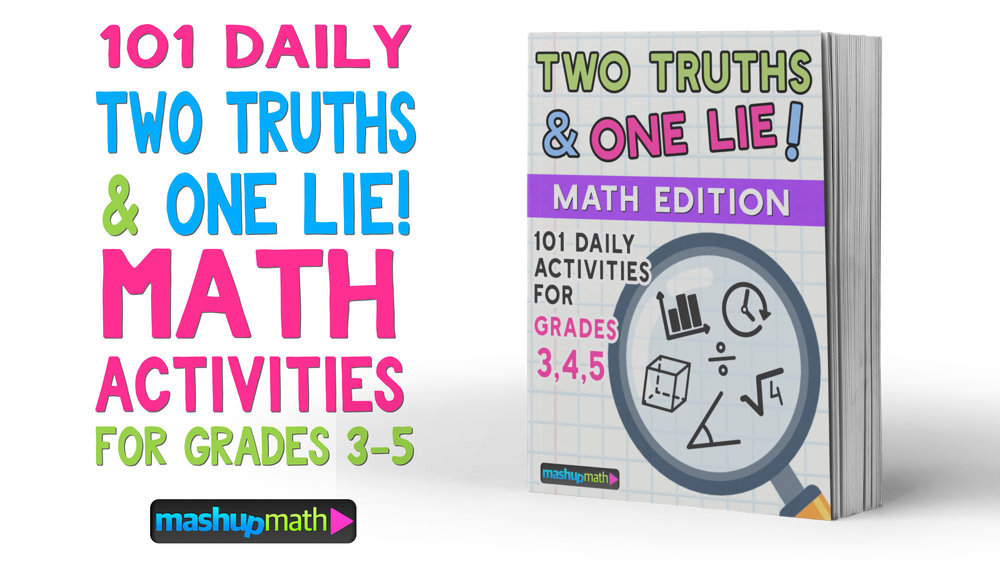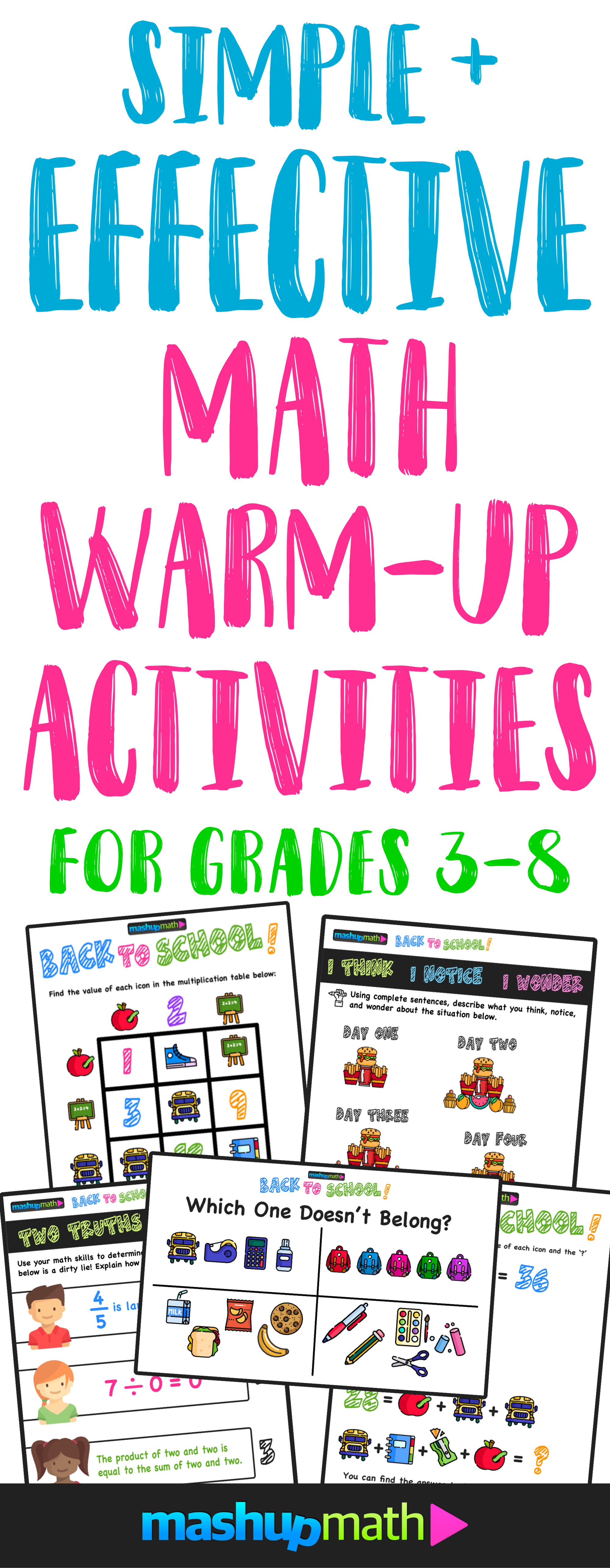Math teachers often struggle to keep their students engaged during the weeks leading up to winter vacation.
This is a time when your students are extremely excited and anxious about celebrating the holidays and keeping their focus is challenging.
But instead of fighting against your students’ enthusiasm, you can channel it into meaningful learning experiences by incorporating fun holiday-themed Christmas math activities into your lesson plans this month.
And to save you some time, today I am sharing 5 Fun Christmas Math Riddles and Brain Teasers for students in grades 1-8 (with answers included)!
All of the free Christmas math activities on this page are samples from our free Christmas Math Worksheets Library.
5 Fun Christmas Math Riddles for Kids:
1.) Christmas Ornaments
Answer: Nick has 9 ornaments in total: 3 blue, 3 green, and 3 red.
Download the corresponding PDF worksheet: Visit our free Christmas Math Worksheets library to download this activity as a pdf worksheet!
2.) Buddy and Hermey
Answer: When Buddy is 100, Hermey will be 97.
Download the corresponding PDF worksheet: Visit our free Christmas Math Worksheets library to download this activity as a pdf worksheet!
3.) How Much for Hot Cocoa?
Answer: Hot Cocoa costs $1.40 and a cookie costs $0.40.
Download the corresponding PDF worksheet: Visit our free Christmas Math Worksheets library to download this activity as a pdf worksheet!
Do You Want More Fun Christmas Math Worksheets for Grades K-8?🙋🏻♀️
You can access our FREE library of Christmas math worksheets and activities by clicking here.
4.) Holiday Spending Spree
Answer: Dasher spent $120, Prancer spent $240, and Cupid spent $360
Download the corresponding PDF worksheet: Visit our free Christmas Math Worksheets library to download this activity as a pdf worksheet!
5.) How Many Squares?
Answer: There are 14 total squares (15 if you count the square at the center of the bow on the wreath)
Download the corresponding PDF worksheet: Visit our free Christmas Math Worksheets library to download this activity as a pdf worksheet!
Did I miss your favorite math holiday riddle for kids? Share your thoughts, questions, and suggestions in the comments section below!
(Never miss a Mashup Math blog--click here to get our weekly newsletter!)
By Anthony Persico
Anthony is the content crafter and head educator for YouTube's MashUp Math and an advisor to Amazon Education's 'With Math I Can' Campaign. You can often find me happily developing animated math lessons to share on my YouTube channel . Or spending way too much time at the gym or playing on my phone.



